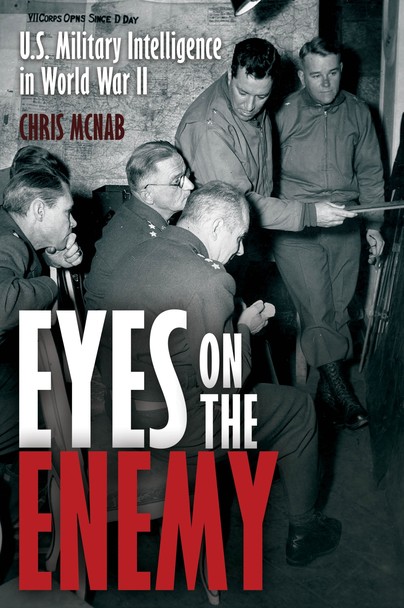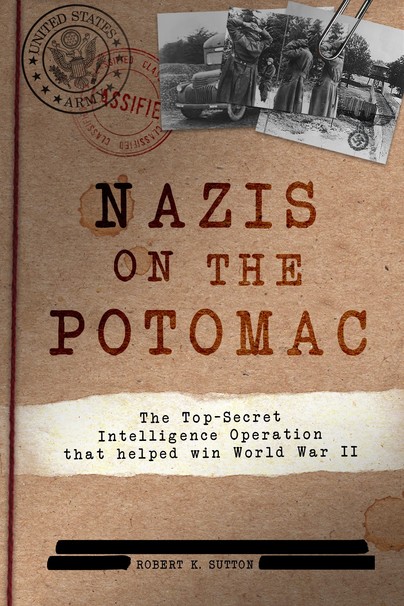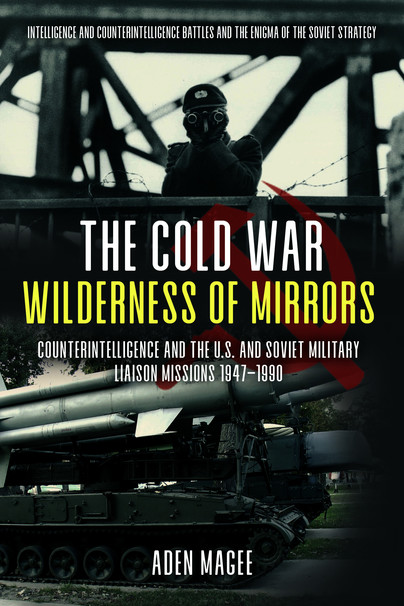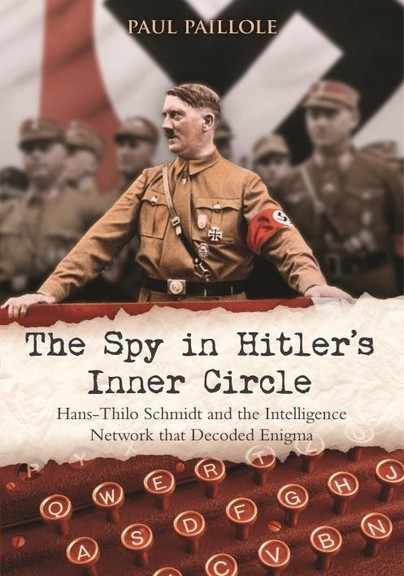Now a green, open space enjoyed by residents, Fort Hunt, Virginia – about 15 miles south of Washington, DC. – was the site of one of the highest-level, clandestine operations during World War II. Shortly after entering World War II, the U.
S. military realised that it had to work on exploiting any advantages it might gain on the Axis Powers. One part of these endeavours was to establish a secret facility not too close, but also not too far from the Pentagon, which would interrogate and eavesdrop on the highest-level Nazi prisoners and also translate and analyse captured German war documents. The complex established at Fort Hunt was known by the code name: PO Box 1142. The American servicemen who interrogated German prisoners or translated captured German documents were young, bright, hardworking, and absolutely dedicated to their work. Many of them were Jews, who had escaped Nazi Germany as children – some had come to America with their parents, others had escaped alone, but their experiences and those they had been forced to leave behind meant they all had personal motivation to do whatever they could to defeat Nazi Germany. They were perfect for the difficult and complex job at hand. They never used corporal punishment in interrogations of German soldiers but developed and deployed dozens of tricks to gain information. The Allies won the war against Hitler for a host of reasons, discussed in hundreds of volumes. This is the first book to describe the intelligence operations at PO Box 1142 and their part in that success. It will never be known how many American lives were spared, or whether the war ended sooner with the programs at Fort Hunt, but they doubtless did make a difference. Moreover these programs gave the young Jewish men stationed there the chance to combat the evil that had befallen their families.







